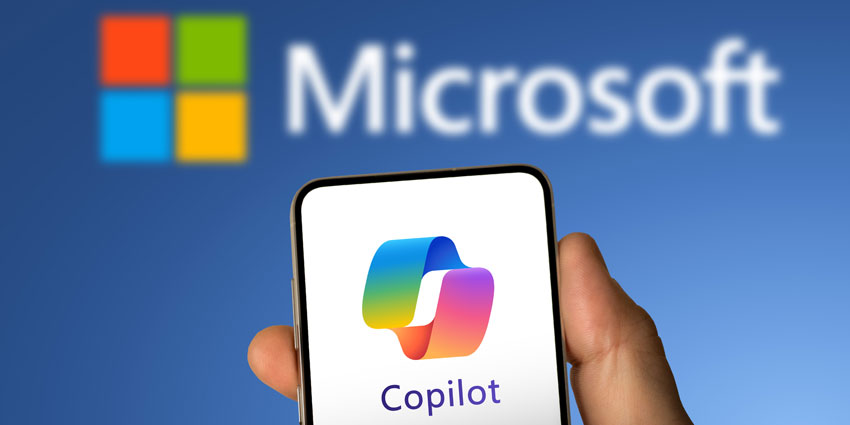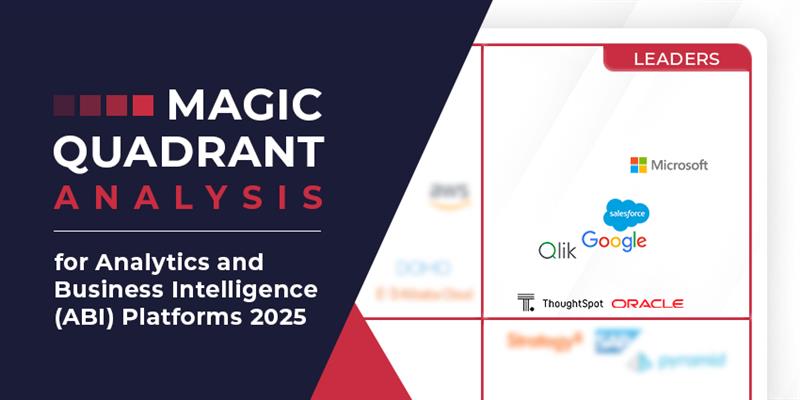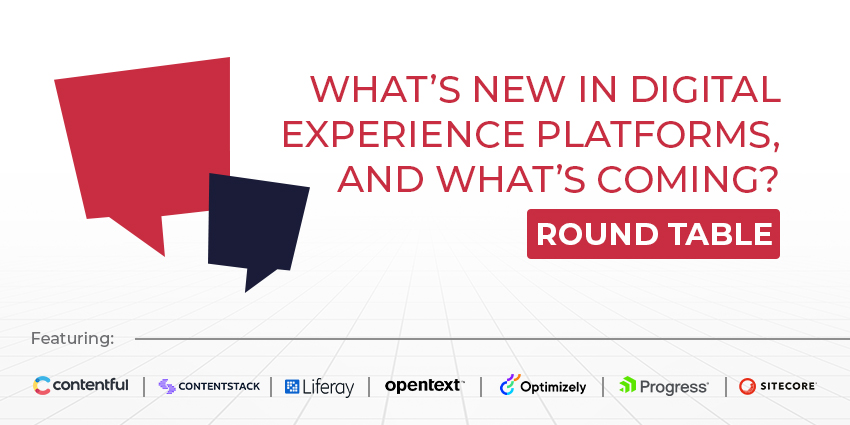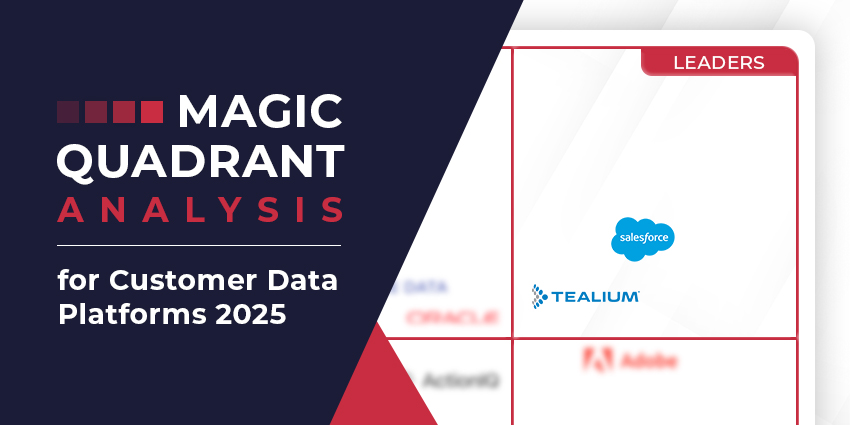In October, the Australian Government released the results of a six-month trial of Microsoft 365 Copilot.
The results proved somewhat underwhelming. For instance, only one in three participants used Copilot daily.
Meanwhile, just 40 percent agreed that they could reallocate time to higher-value activities.
There were some more positive signs. For example, almost two-thirds of managers perceived uplifts in the efficiency and quality of their teams.
However, does this make for a convincing argument for the $30 per user per month price tag?
For Simon Kriss, Chief AI Officer at simonkriss.ai, it would appear not. In a viral LinkedIn post, he noted:
Even at $25, if you have 1,000 staff, that’s $300,000 annually. Will you really get $300k worth of productivity gain through summarisation and re-drafting?
Moreover, the study uncovered several adoption barriers faced by the Australian Government.
For instance, it found a big need to train staff to use Copilot effectively and tailor it to their specific needs. It also realized it must create clear policies to set expectations for using Copilot.
Additionally, the Australian Government needed to adjust its plans for Copilot’s regular updates and set up proper governance and advice on using AI safely.
These are just some examples from the report that spotlight the difficulties of implementing today’s Copilot.
They also came through in a recent Gartner study that found only six percent of surveyed IT leaders had completed a Copilot project and moved to widescale adoption.
Of course, there are more positive case studies, with Microsoft posting several success stories from brands like Air India, EY, and Lenovo. Meanwhile, the Copilot in GitHub often receives online praise.
Yet, general customer feedback remains mixed, with Reddit providing a hive of opinions. Some are baseless. After all, it is Reddit. However, there are some golden nuggets.
“The key is being trained,” one user wrote in a popular thread. “If you aren’t shown HOW and WHY it’s beneficial to you, it’s just a lame ChatGPT.
“Once you are shown proper workflows that help you, it makes a big difference.
“A few thoughts based on our internal pilot groups and deploying to other customers:
- It’s not for EVERYONE. Some users just won’t benefit. It’s that simple.
- Understand the need/pain point and solve for that specifically.
- It’s not ALWAYS about big time saving… regularly, a two- or three-minute saving multiple times in a day is a bigger win than you initially think.”
Still, there remains an excess of commentators referring to it as “Clippy 2.0”, like Marc Benioff, CEO of Salesforce, who has repeatedly jabbed the virtual assistant, especially after his company launched Agentforce.
Nevertheless, Microsoft has made several announcements recently to distinguish it further from the notorious virtual paperclip and drive AI deeper into the enterprise.
In doing so, Microsoft introduced a new-look Copilot Studio and gave rise to the future of autonomous agents.
The Copilot of Tomorrow
As Microsoft signaled last month at its Ignite event, the next frontier of generative AI is here: agentic AI.
That transition beckons the start of Copilot’s evolution from a virtual assistant that supports employees in their everyday tasks to a hub for autonomous agents.
Indeed, via Copilot Studio, businesses may soon create autonomous agents that perform tasks across their Microsoft environments. Employees will also leverage Copilot to gain oversight as the agents get to work.
Still, all this is currently in public preview, as organizations consider experiments and gain clarity over the types of tasks autonomous agents can actually automate.
However, expect Microsoft to make AI education more of a talking point in 2025 and – via preconfigured autonomous agents – start connecting the dots within its own ecosystem.
After all, as Liz Miller, VP & Principal Analyst at Constellation Research, said during a recent episode of CX Today’s Big News Update: “We have to be honest about where the real value from agentic AI will come from. It’s going to emerge in those hidden processes, the missed connections across the enterprise, and the failure to use data effectively.
“That’s where agentic AI will start driving efficiencies by addressing those deeper, unseen issues.
Microsoft is making the right moves to keep up with generative AI, and they’re trying to align with the broader RPA and automation conversations.
Indeed, because of its broad ecosystem, Microsoft has an unprecedented chance with autonomous agents to automate more of the flows that run between its apps and unlock new efficiencies.
Moreover, as autonomous agents improve and leverage new forms of AI, they’ll begin self-learning, self-healing, and automating much more of the enterprise.
Then, there’s the opportunity to connect processes outside its ecosystem. Microsoft’s recent announcements with SAP and ServiceNow highlight how – via instructions through apps like Microsoft Teams – employees may soon automate processes across various other enterprise systems.
As such, the future of Copilot is exciting, and the value proposition is immense. But, the brands that do the best will do their homework to determine where it can drive value.
Process mining is key here, so businesses that invest in autonomous agents can prove immediate value. Data management is also a must. So, if agents are transferring insights between systems, they’re accurate.
Moreover, Kriss spots a significant hole in Microsoft’s bid to get agentic AI off the ground. He said:
With a token window limitation of 2,000 tokens (against Gemini 1.5 at 2,000,000 tokens), it limits what you can do. The web crawler tends to only go a few layers deep into a website …. and more.
Recognizing this, many intelligent brands will first observe, learn from early adopters, and then consider how autonomous agents may fit in their organizations, starting small and building up.
As they start small, many will first focus on customer service, as per Gartner. Here, Microsoft offers preconfigured autonomous agents within its Dynamics 365 Contact Center.
For instance, Microsoft presents an Intent Agent that tracks how agents solve particular queries. A Knowledge Agent may then leverage intel from the Intent Agent to craft new knowledge content.
From there, Microsoft customers can deploy an autonomous customer-facing agent that harnesses that knowledge content to automate more customer queries.
This example stands out in particular as it highlights how autonomous agents can collaborate to automate multi-step processes with human oversight but without human intervention.
Yet, beyond this, Microsoft offers ERP, CRM, BI, HR, finance, and many more enterprise technologies. The opportunity to connect this broad ecosystem is significant, and – as the tech giant slowly does so – it can enable single-vendor automation that may help it differentiate.
As it does so, Microsoft may start to stand out from those competitors that haven’t been shy of prodding the provider as it pulls Copilot into the future.







